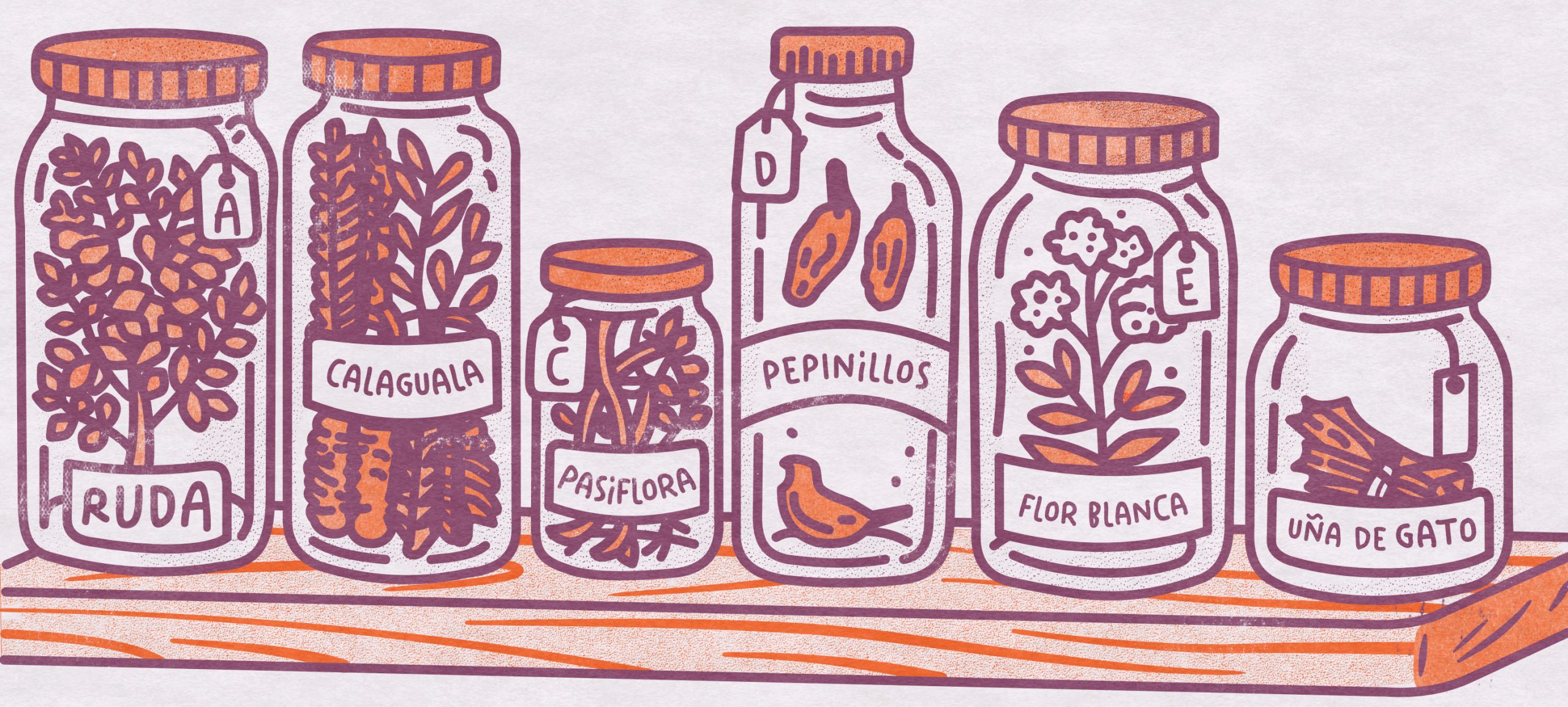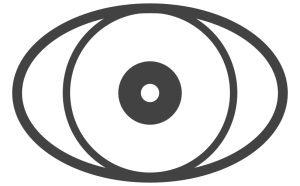Tag: Fieldnote
-

Tactile impressions / Reliefs
-

Touching Ink and Working Analogically
-

Learning from Fleischer Studios
-

From the Infra-Ordinary to the Pocket Archive
-

The Market After the Market
-

From Neat Things to Urban Fragments
-

Six Specimens, Many Classifications
-

The Long Goodbye at Samper Mendoza
-

Chromatic Decomposition of Times Square
-

The Laboratory of Partial Encounters
